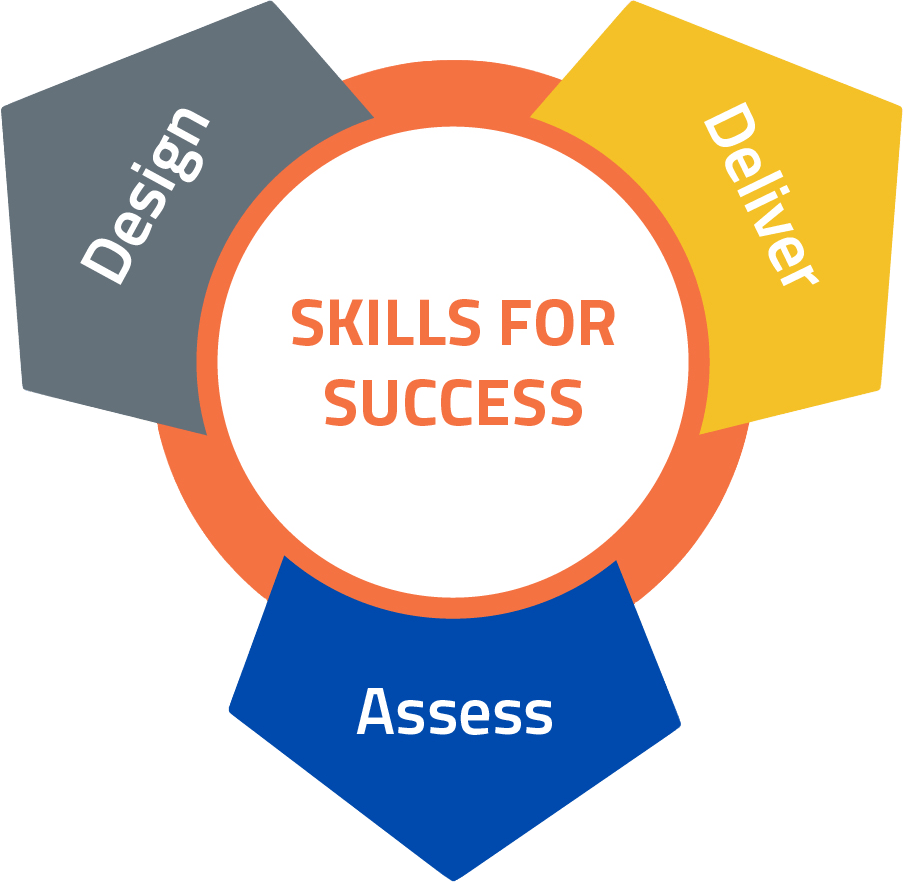Active listening involves listening with all senses, paying attention to the speaker and listening to understand. Participants with strong active listening skills ask questions to clarify information and paraphrase the message to demonstrate understanding.
-
Shier, M. (2020, September 11). 4.1 active listening. Student Success. https://opentextbc.ca/studentsuccess/chapter/active-listening/
- Deveci, Tanju. (2018). Listening as a lifelong learning skill- what, why, and how.
- Critical Art of Listening. (n.d.). LearnSphere. https://learnsphere.ca/assets/Documents/ES-Critical-Art-of-Listening-workshop.pdf
